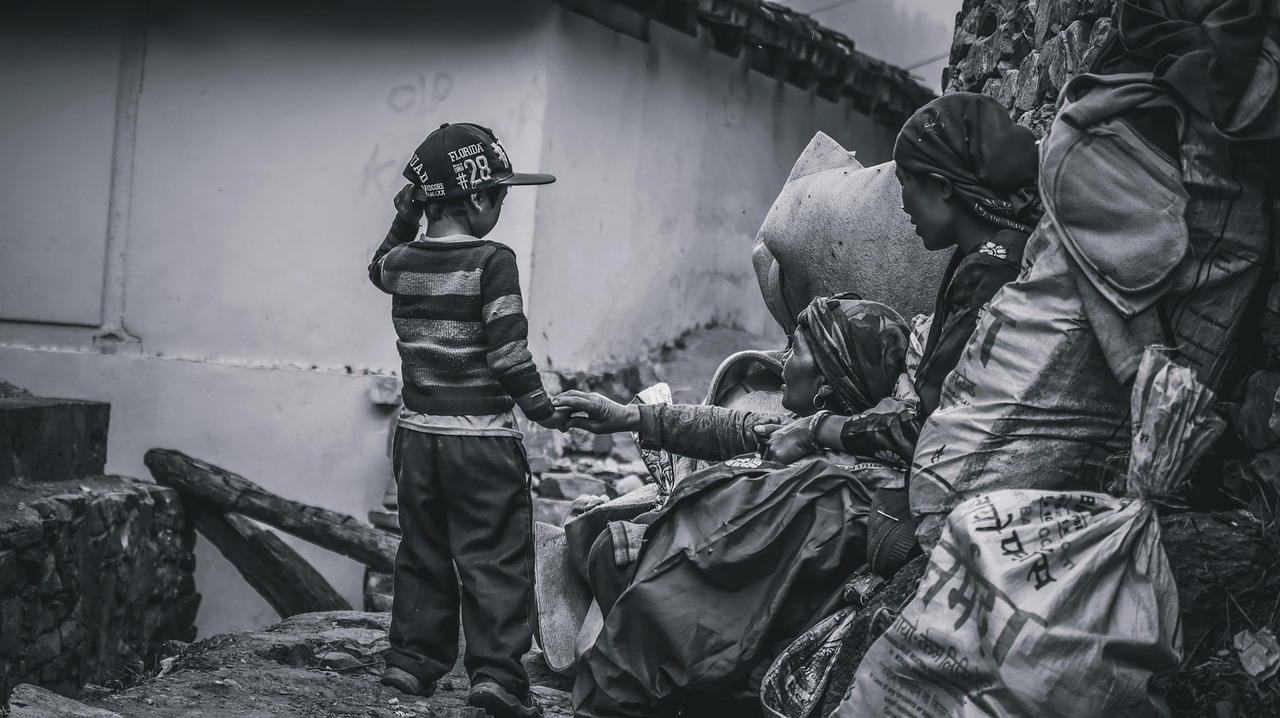Context and Problem
Gilgit-Baltistan and Chitral regions face severe educational challenges, particularly in remote valleys. Female literacy in some areas is as low as 7% and over 75% of children aged 3-5 do not attend preschool. Additionally, poor teacher training, weak governance, and minimal parental involvement exacerbate the problem. The Aga Khan Foundation (AKF), building on its decades of interventions in northern Pakistan and its global “whole-school improvement” model, launched the School Improvement Programme (SIP) in 2016. It aimed to enhance public sector, community, and low-cost private schools in marginalized areas of northern Pakistan. This intervention tackled and worked on low-quality education, lack of early childhood education, weak community engagement, limited support for teachers, and negative perception of government schools.
Solution
SIP took a holistic approach that involved multiple stakeholders, including teachers, parents, community members, and government officials, to improve education quality and outcomes in over 270 schools. The implementation plan had several categories.
First, teacher and leader development which equipped teacher and school leaders with instructional leadership, child-centered pedagogy, and ECE methodologies. Moreover, select trainers from schools and local governments attended in-depth programs at Aga Khan University's Professional Development Centres (PDCs). Additional subject-specific training in Science, Mathematics, English, and Urdu were provided, and education communities of practice were established through regular workshops, WhatsApp groups, and mentoring sessions to foster peer learning and support.
Second, community engagement and ownership, which actively involved parents and community members in School Management Committees (SMCs), trained parents to monitor school performance, and engaged communities in shared school development planning, ensuring long-term accountability.
Third, improving early childhood education by introducing pre-primary classes in SIP-supported schools, and implementing the reading for children program to promote a culture of reading, which involved training teachers to engage parents, distribute books, and establish community libraries with books accessible to families.
Fourth, school infrastructure and resources creation through filling classrooms with colorful imagery, low-cost teaching aids, and interactive materials. Moreover, supplying necessary teaching resources, and supporting the development of libraries and shared community reading spaces.
Other interventions included strengthening school governance and accountability, integrating technology, promoting equity and gender inclusion, and continuous monitoring and evaluation.
Impact
The SIP comprises 270 schools, 21500 students, 1370 teachers, and 1890 school committee members. Moreover, 20,000 students and 15,000 parents benefit from these programs, with 270 libraries built and 190,000 books distributed to date. Furthermore, parents now actively participate in school activities, and in 2018, four SIP-supported schools were recognized as “Schools of the Year” by the Department of Education.












